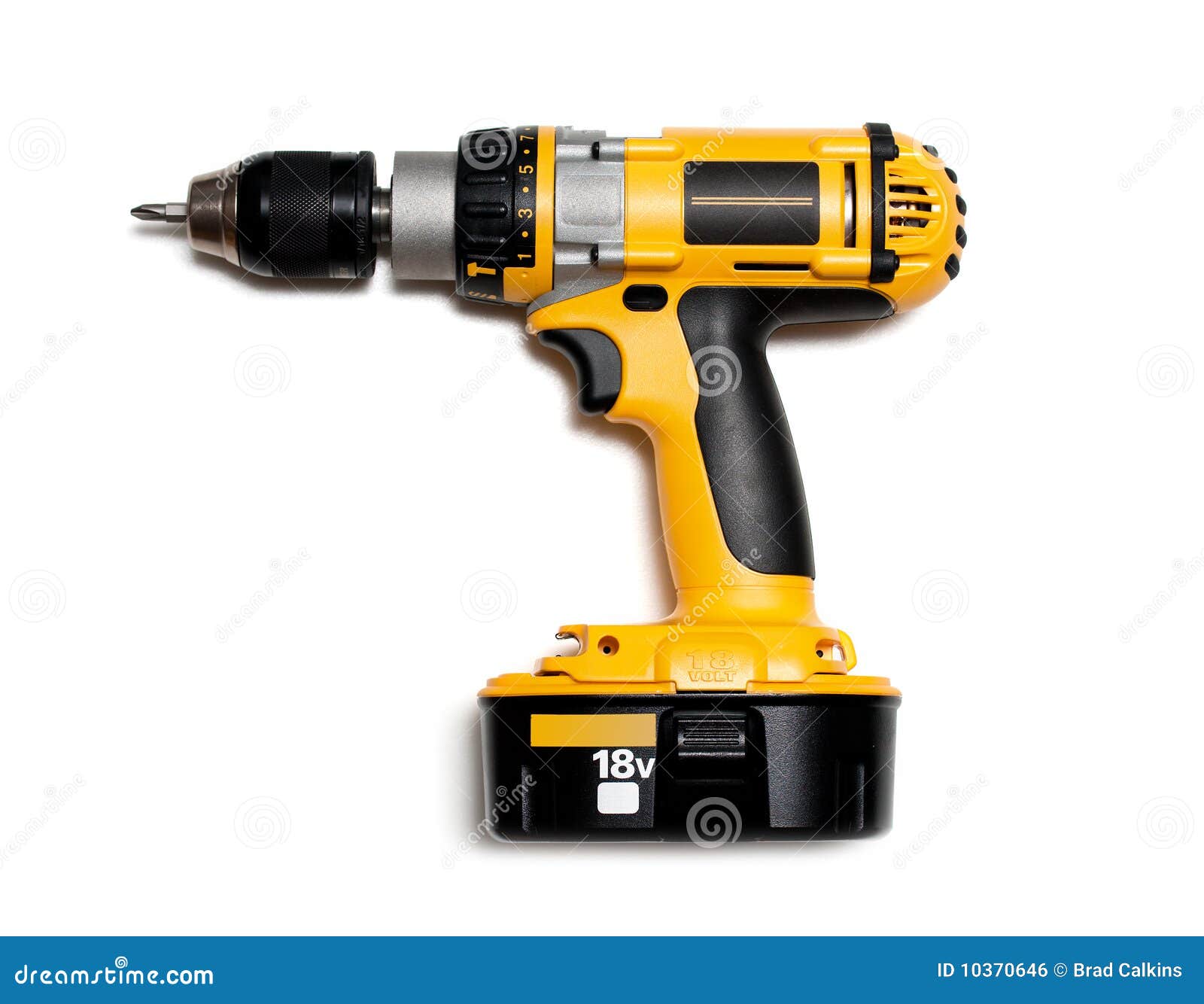

More voltage equals better torque on paper, though our tests show that there's a lot more to performance than just the voltage. After all, you don't want to spend all afternoon waiting for it to recharge when there's work to be done.īattery voltage – measured in volts (V) – is a guide to the power you can expect from the drill. You should also consider the claimed charge rate, especially if you're looking at a higher capacity battery. Capacity is measured in ampere hours (Ah) and generally speaking the higher the number, the longer the runtime. Lithium-ion (Li-ion) is the standard battery type that you'll find with almost all cordless drills. You need to set the right torque and drill speed for the job. Though the instructions (and a lot of experience) will help you identify the right torque and speed you need, there's a general rule: harder materials require more torque and less speed. This is useful as higher speeds equal less torque. While a single-speed model will still have a torque selector, a two-speed gearbox provides that extra little bit of finesse. So where does speed come into play? Drill models with a two-speed gearbox give you the option to run the drill at a high or low RPM, which in turn helps you find the ideal settings for your job. The clutch should slip when the torque on the screw gets too high, stopping the drill head from turning, so a wide range of clutch settings is useful. This stops you overdriving or snapping a screw. All you need to do is rotate it to match the ideal torque for the job. The torque selector is a range of numbers that wraps around the head of the drill, up near the chuck.
#CORDLESS DRILL FULL#
For example, driving a screw into wood at full torque may overdrive the screw and split the wood.Īs a general rule: harder materials require more torque and less speed Otherwise, you could overdrive the screw (aka push it in too far) or strip the head. You don't want your drill to be operating at maximum power all the time. But torque is also affected by the speed that the drill is operating at, which is why most drills also have a two-speed gearbox, measured in revolutions per minute. The amount of power required varies depending on the material you're drilling into, which is why drills have adjustable torque settings. Without getting too scientific about it, torque is basically the force that the drill applies when rotating the bit. Just remember to tell them the chuck size or better yet, take your drill in and fit the bit before you buy. If you're unsure, it's best to speak to an expert at your local hardware store. You can find all sorts of bits designed for specific tasks such as masonry or glasswork, and even wide diameter ones for drilling big holes. Bits sold separately will also have this information in the box. For example, the drill may have a maximum chuck size of 13mm, but recommends bit sizes of 10mm or less for drilling into metal.
#CORDLESS DRILL MANUAL#
The instruction manual should include a chart that shows you which bit sizes are suitable for certain materials. Older drills required a chuck key for this job but almost any recent model will have a keyless chuck that's much easier to use. Once you insert the drill bit, all you need to do is rotate the chuck until it locks the bit in place. Realistically though, you're unlikely to need a bit below 1mm for typical home tasks. The typical minimum chuck size is between 1–2mm, but it's not uncommon for manufacturers to only state the maximum size. Smaller and cheaper drills often only have 10mm chucks, which might be enough if you just want to drill some small holes to hang pictures. Most drills have a maximum chuck size of 13mm, which is large enough for typical home repairs. Both the bit and the chuck and measured in millimetres. The chuck size indicates the minimum and maximum bit sizes that will fit in the drill. What's a drill bit? The thing that you stick in the chuck to drill holes or screws into things.ĭrill bits are available in a range of sizes (sold individually or in packs) that you swap out to suit the job. The chuck is the part at the end of the drill where the drill bit goes. Read cordless drills review What is the chuck size and drill bit?


 0 kommentar(er)
0 kommentar(er)
